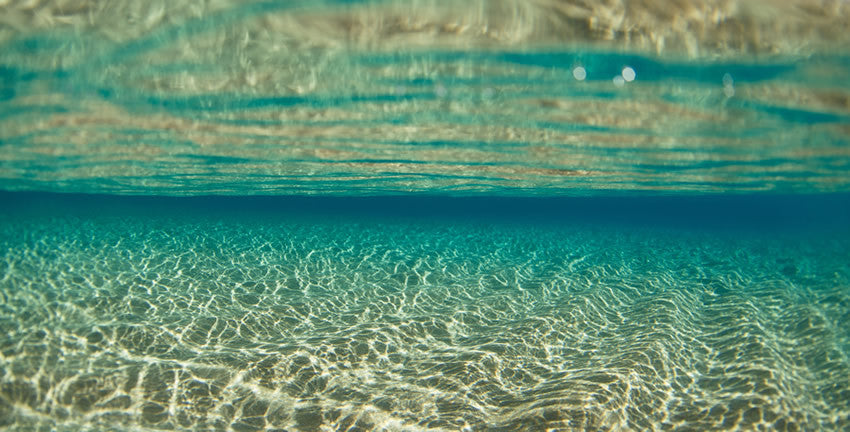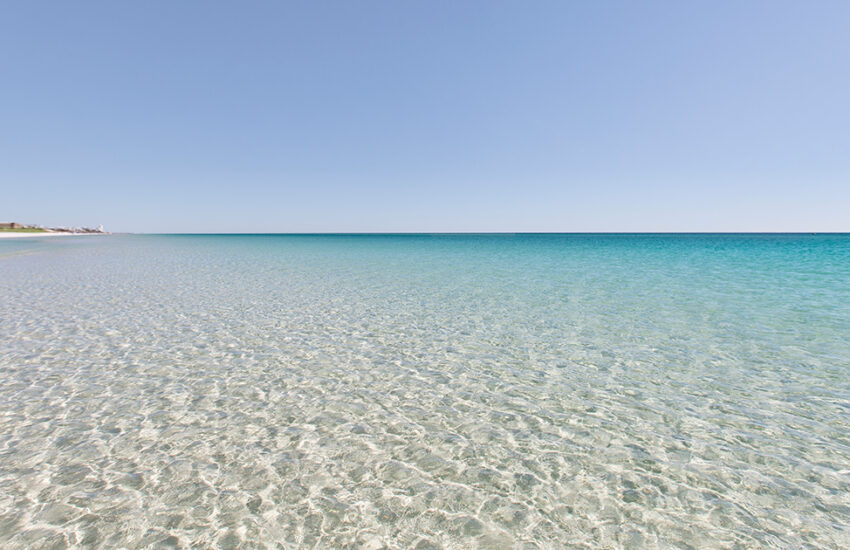Exploring Klares Wasser: The Beauty of Clear Water in Nature
Understanding Klares Wasser
Klares Wasser, which translates to “clear water” in German, embodies the beauty and purity found in various natural water bodies. This term often represents not just physical water clarity but also the vibrant ecosystems that thrive beneath the surface. The fascination with clear water is evident in diverse settings, from tranquil lakes to crystalline ocean waves. Understanding the significance of klarwasser is essential to appreciating our planet’s aquatic environments, as it affects wildlife, recreational activities, and the health of ecosystems.
The Importance of Water Clarity
Water clarity is crucial for ecosystems. Clear water allows sunlight to penetrate deeper, facilitating photosynthesis in aquatic plants. This process is vital for producing oxygen and serving as a food source for various species. For example, the famous Waimea Bay in Hawaii is known for its stunningly clear water, which not only enhances the visual experience for visitors but also supports vibrant marine life like coral reefs, fish populations, and mollusks. Maintaining water clarity is thus essential for biodiversity and the overall health of aquatic ecosystems.
Factors Affecting Water Clarity
Several factors contribute to water clarity. Nutrient pollution from agricultural runoff, sedimentation from construction activities, and naturally occurring substances like algae can affect the transparency of water bodies. In areas with a strong emphasis on maintaining clear water, like Waimea Bay, conservation efforts often focus on minimizing these impacts. Efforts include regulating runoff, restoring habitats, and educating the public about the importance of preserving clear waters to protect ecological balance.
The Aesthetic Appeal of Klares Wasser
Clear water also holds significant aesthetic and recreational value. People are drawn to destinations known for their breathtaking views and crystal-clear waters. The allure of klares Wasser creates opportunities for activities such as swimming, snorkeling, and photography. Stunning images of clear waters often become iconic symbols for travel destinations, motivating people to explore and appreciate natural beauty.
Photography and Clear Water
Capturing the essence of clear water through photography has become increasingly popular. Photographers exploit the transparent beauty of water to showcase underwater life, reflections, and vibrant landscapes. For example, the impressive bird’s-eye view of Waimea Bay signifies how clear water aesthetics can be perfectly rendered in images like this one:

This photograph exquisitely exemplifies the serenity and allure of clear water, inviting viewers to immerse themselves in its beauty. Skilled photographers capture the shades of blues and greens found in these environments, making clear water a cherished subject in environmental photography.
Case Study: The Stunning Clarity of Hawaiian Waters
In Hawaii, the clear waters stand out for their mesmerizing turquoise hues. A notable example is the Na Pali Coast, where the underwater visibility exceeds 100 feet, offering extraordinary views of marine life. Tourists often participate in snorkeling tours to experience firsthand the vibrant coral reefs and schools of tropical fish. Through these tours, tourists not only witness the beauty of clear waters but also learn about the importance of protecting such environments. The advocacy for preserving Hawaii’s klarwasser is critical to ensure future generations can enjoy the same natural treasures.
Protecting Our Clear Water Ecosystems
It is crucial to protect these precious clear water resources. Various initiatives and community efforts aim to keep water bodies clean and clear. One effective method is through local community clean-up programs, which are crucial in decreasing litter and contaminants entering waterways.
Community Initiatives and Success Stories
One inspiring example of community involvement is seen in coastal towns where local residents band together for beach clean-up days. Organizations that promote environmental stewardship, like Surfrider Foundation, implement educational programs focused on the importance of clean water and responsible usage of resources. Their initiatives often show direct improvements in the clarity of surrounding waters over time, reinforcing the idea that collective efforts can lead to tangible benefits for natural habitats.
Actionable Tips for Individuals
Individuals can contribute to maintaining clear water by adopting environmentally friendly practices. Here are a few actionable steps to consider:
- Reduce plastic use. Opt for reusable bags, bottles, and containers to minimize waste.
- Participate in or organize local clean-up events to keep beaches and waterways clean.
- Advocate for sustainable practices in your community, encouraging efficient water use and pollution reduction.
By actively participating in these initiatives, individuals can play a significant role in protecting and preserving klares Wasser in their surroundings.
The Future of Klares Wasser
The future of clear water ecosystems is uncertain due to environmental changes and human activities. Climate change, overfishing, and pollution threaten water clarity and overall aquatic health. However, through continuous education and community efforts, there is hope for a positive change.
Renewable Practices for Water Conservation
One way forward is to implement renewable practices aimed at conserving water and enhancing water quality. Innovative technologies, such as eco-friendly filtration systems and advanced water management, can significantly reduce pollutants and improve clarity. Banks of natural vegetation along shorelines act as buffers against runoff, which is essential for protecting clear coastal waters.
Engaging the Next Generations
Fostering an appreciation for clear water within younger generations is vital. Educational programs focusing on local ecosystems, water conservation, and sustainable practices help build a respectful relationship with nature. By making field trips to locations known for their clear waters, children and teens can engage with the environment and understand the importance of preserving it.
Key Takeaways
- Klares Wasser is essential for ecosystems, aesthetic enjoyment, and human recreational activities.
- Community efforts and individual actions significantly impact water clarity and health.
- Education and advocacy are crucial in ensuring the sustainability of clear water resources.
- Innovative practices and community engagement can protect and enhance our clear water environments.
FAQ
1. What are the benefits of klarwasser environments?
Klares Wasser environments provide numerous benefits, including supporting diverse ecosystems, enhancing recreation opportunities, and offering aesthetic beauty. Clear waters allow sunlight to penetrate, promoting the growth of underwater plants which are essential for maintaining a healthy aquatic ecosystem.
2. How can pollution affect water clarity?
Pollution can significantly cloud water clarity by introducing sediments, nutrients, and harmful chemicals. This degradation impacts not only the beauty of the water but also the health of the species that depend on a clean environment, creating imbalances within the ecosystem.
3. What communities can participate in maintaining clear water?
Communities located near bodies of water, lakes, rivers, or oceanfronts can participate in maintaining clear water by organizing clean-up events, advocating for environmentally friendly policies, and promoting education to raise awareness about the importance of clean water ecosystems.
4. Why is education vital in preserving klares Wasser?
Education plays a crucial role in preserving clear water because it empowers individuals with knowledge about the environmental impact of their actions. Awareness regarding sustainable practices can lead to positive changes that enhance water clarity and protect aquatic lifestyles.
5. What steps can I take to contribute to water conservation?
Individuals can contribute to water conservation by reducing plastic consumption, participating in local clean-up initiatives, educating others about water issues, and advocating for legislation that protects aquatic environments and promotes sustainable water management.
